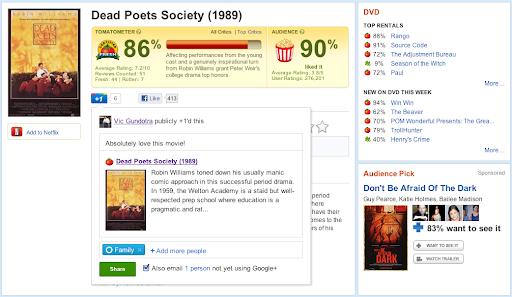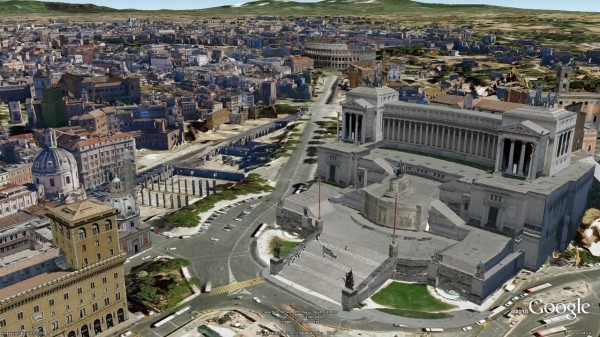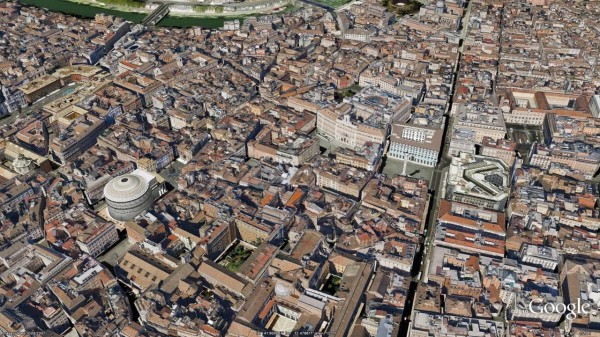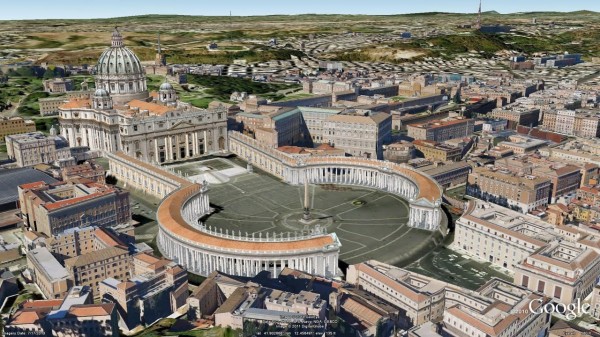This year at the Game Developers Conference (GDC) Online we have organized a Developer Day on Oct. 10th full of Google information for game developers. It will feature hardcore technical information on Google products and platforms delivered by Google engineers and developer advocates. We’ll discuss the latest projects we’re working on and how our online technologies can help you better create, distribute, and monetize games that reach a larger audience than ever before. We’ll present everything from how developers can build hardware accelerated 3D games for the browser with WebGL to the game framework used to bring Angry Birds to the Web.
In addition to the Developer Day, we will also have a booth on the Expo floor on Oct. 11th-12th where we’ll have representatives from the Chrome Web Store, Native Client, WebGL, App Engine, Google+, In-App Payments, Google TV, and AdSense/AdMob demoing technologies and platforms for game developers. Come by booth 503 to try out Google products and ask questions, or hang out in our Google TV lounge.
For more information on our presence at GDC Online, including session and speaker details, please visit http://www.google.com/events/gdc/2011. Hope to see you in Austin!
Not able to attend GDC? Check out Google Game Developer Central to get an overview of Google products and services that are particularly relevant to game developers.




